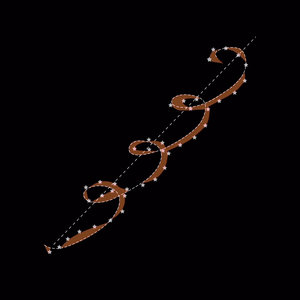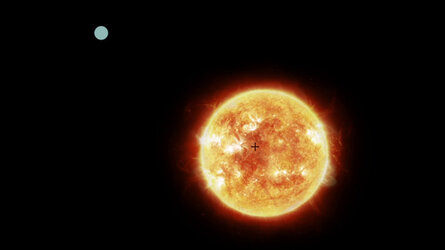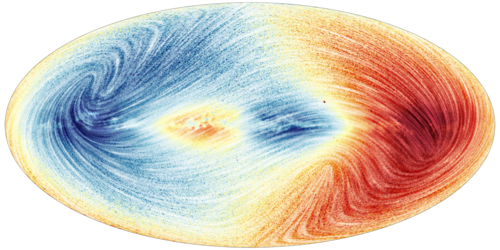

Gaia's observing techniques
Gaia's camera contains three science instruments: the astrometric instrument, the blue and red photometer, and the radial velocity spectrometer. Each one uses a set of digital detectors known as charge coupled devices (CCDs) to record the starlight falling onto them. With a total of 106 CCDs, each consisting of more than eight million pixels, Gaia's camera boasts almost one billion pixels.
The astrometric instrument is devoted to measuring stellar positions on the sky. By combining all measurements of a given star during Gaia’s mission, it is possible to deduce its parallax and thus its distance, as well as the velocity of the star as it moves across the plane of the sky.
The photometric instrument provides colour information for celestial objects by generating two low-resolution spectra, one in the blue and one in the red range of the optical spectrum. These data help to determine key stellar properties such as temperature, mass, and age.
The third instrument is the radial velocity spectrometer, which reveals the speed a star is moving towards or away from us, and the speed a star rotates around its axis. The high-resolution spectra allow to determine the star’s chemical composition as well.





